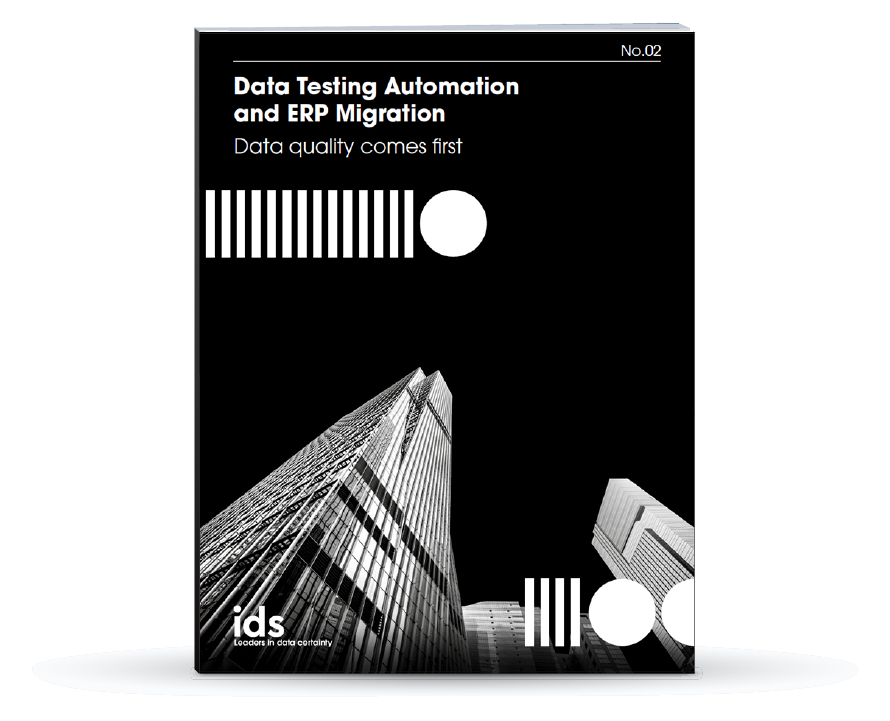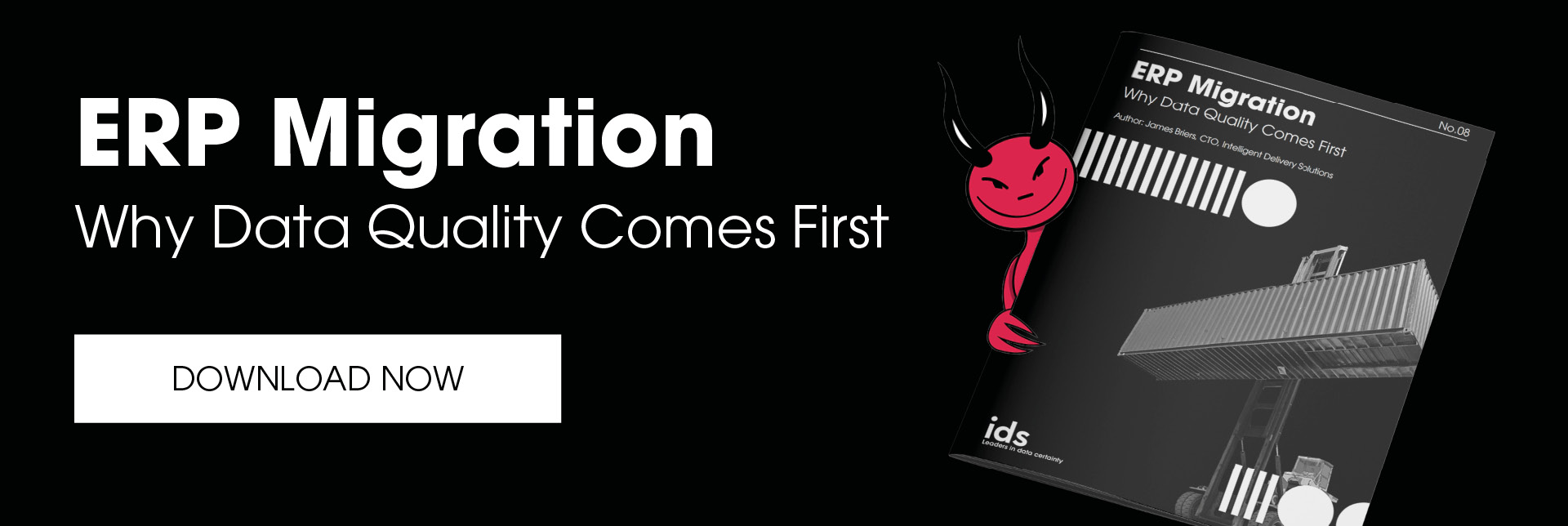Healthcare Data Migration: A Complete Guide
.jpg)
Change is inevitable. Whether your organization is a healthcare trust, hospital, public or private, or part of the UK’s National Health Service, you must adapt, innovate, and grow to continue delivering the best patient experience.
The advantage to healthcare firms of digital transformation, is their new ability to utilize personal information for tailored patient treatments. But healthcare organizations must have data quality, and an understanding of it, at the forefront of any migration.
This prevents the small details from becoming large issues downstream.
As well as individual treatment of patients, quality data is needed for strategic objectives and internal operations.
This ensures the system works seamlessly to meet particular goals and constantly deliver satisfying patient experiences. Your practice, trust or hospital is then left with a healthier reputation.
Process of Migrating Data in Healthcare
Data Analysis
Data analysis is the vital first step in any healthcare data migration. Organizations must know what type of data they need to migrate, how long the migration process will take based on the number of records, and the level of detail in records.
Analysis can be used in many different ways, such as:
- Identifying trends, patterns and relationships in the data
- Assessing the quality of a dataset
- Performing exploratory data analysis (EDA).
It‘s worth noting this can be very difficult with many disparate systems involved in healthcare providers’ workflows.
Fortunately, there are means and automated support tools, to regain control of the terabytes of data your healthcare organization may be dealing with.
Data Mapping & Profiling
Before migrating data in healthcare systems, it’s important to conduct data mapping for a cohesive data strategy. Mapping data allows for easier visibility, following analysis, and deploys data in more effective ways.
The relationships between datasets, and the locations where patient data is stored, are all tracked during data mapping.
Mapping with audit trails not only provides a way to assure the data quality is good, but also makes mapping a reliable and repeatable process for consistent data quality management.
Data profiling is a structural technique, visualizing data problems before a data migration in health organizations can start.
Yet, when applied to large patient and practice datasets, this can be time-consuming and costly to analyze. The process typically involves:
- Examining the dataset for errors and inconsistencies in patient data
- Spotting anomalies in the data, like missing values, outliers, or duplicates
- Analyzing patterns in the dataset such as trends or relationships between variables, like age and number of prescriptions, that may be expected or unexpected.
Profiling anomalies and errors, as part of a data quality health check, can help avoid introducing more errors or inaccuracies in the datasets before a healthcare data migration can begin.
Data Migration
Time for action.
Two approaches may be taken. An incremental healthcare data migration involves running old and new systems in parallel. The old storage system is only closed down once the migration is complete and the data is assured and undergone robust testing.
A ’big bang’ approach, however, is a more appropriate strategy when there are large volumes of data to be migrated. This approach involves migrating all the data in one step.
The technical challenges of data migration, when migrating databases with data from disparate sources, requires rigorous attention. Normalization, schema conversion, and cleansing all must happen beforehand to allow for integrity in downstream analysis.
Automation tools, like iData, can aid the seamless transfer and transformation of data, providing audit trails on the changes that have been made and standardizes data across all fields.
Challenges of Data Migration in Healthcare
Lack of Planning
One of the most common challenges of data migration is the lack of strategic planning, hindering trusts and practices from reaping rewards of their new system.
The process of migrating data in healthcare is complicated. Those in charge of the project need a well-thought-out strategy plan that makes sense for your practice, trust or hospital’s data.
This plan should answer questions around how the healthcare data migration will benefit the organization, what must be migrated, from which database(s) or source(s), and how much it all costs.
It’s important to have a strategy plan to avoid risking delayed deliveries and performance. A migration strategy plan will assist project navigation and establishing goals, leading to better results.
To ensure success, planning will include the project timeline, KPI’s, technical considerations, and business considerations.
Otherwise, those with the important job, to understand the application and security requirements, simply won’t be able to understand.
Data Quality
With any data migration in health industries, there comes a need for data quality assurance post-migration and an understanding of the data you wish to transform and utilize.
Ensuring that patient data and statistics are updated regularly is important to make sure you're providing reliable healthcare for distressed patients.
Data quality in a database is one of the important challenges of data migration. If the healthcare database has data quality issues, it would be a nightmare to migrate the data, only to find bad data was moved.
The migration, and all the hard work, resources, time, planning, and money invested will have been wasted.
Data Privacy/Compliance
A single data breach can cost healthcare providers at least $7 million if privacy and data compliance are ignored. Before migrating data in healthcare transformations, data handlers could spot an issue and perform a quick fix to a record.
However, this way, they are unintentionally committing a data breach. One individual. One sensitive patient record. Millions in potential fines.
Threats of Delaying Data Migration for Healthcare Systems
A system that has been used for 10+ years will become more vulnerable and outdated every day. The software won’t keep up with industry trends, nor will it be as secure than newer updates. By delaying data migration to a newer system, this can put your patient data at risk.
Delaying data migration in health organizations adds to complexity, time, and costs. For those resorting to quick wins in the legacy’s analytics for creative ideas; this is not a sustainable solution.
As a highly specialized skill very few healthcare organizations are understaffed in, outsourcing expert consultative help will support every aspect of your migration from the start.
If your healthcare organization cannot afford to outsource to large expensive companies, IDS provide affordable migration consultative advice.
Our team help you with a seamless healthcare data migration and reduce the cost and time by 50% using our migration and data quality assurance software.
All whilst attending to minimizing risks like missing fundamental business objectives along the way, using the standardized framework Kovenant™.
Get in touch to find out more about our prices, tools, and support in the healthcare sector.

Performing Automated Testing to Halve Migration & Transformation Time
Partnered with an award-winning ERP migration consultancy, IDS accelerated the time to migrate and transform a healthcare company's data by using the iData toolkit.




.jpg?width=1200&name=IDS_Website-Image68_(1200x628).jpg)
